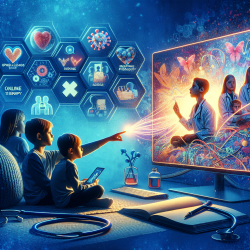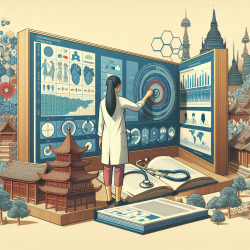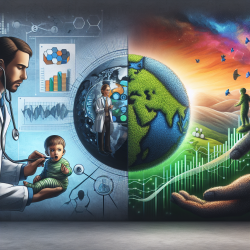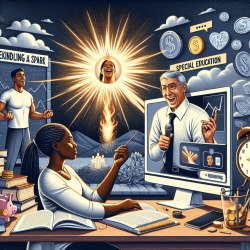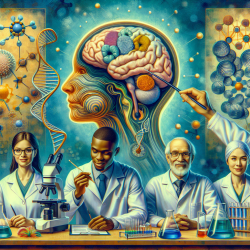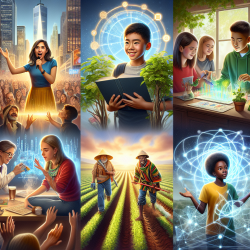The study analyzed twenty popular movies depicting rare genetic diseases, examining how these films portray the diseases, patients, physicians, and related psychosocial issues. The findings reveal that while many movies do not provide adequate scientific information, they do highlight important ethical, psychosocial, legal, and economic dimensions of rare diseases.
Key Findings from the Study
- Limited Scientific Information: Most movies provide a superficial and sometimes inaccurate depiction of rare diseases, focusing more on symptoms than on detailed scientific explanations.
- Ethical and Psychosocial Dimensions: Films often highlight the emotional and social challenges faced by patients and their families, such as stigma, discrimination, and reduced life opportunities.
- Role of Physicians: Movies tend to portray physicians as either empathetic caregivers or tireless researchers, often battling bureaucratic hurdles to find treatments for rare diseases.
How to Use These Findings in Your Practice
As a speech-language pathologist, understanding the broader context of rare diseases can help you provide more holistic care. Here are some actionable steps:
- Leverage Popular Culture: Use movies as conversation starters with children and their families to discuss the challenges of living with rare diseases. This can help in building empathy and understanding.
- Educational Workshops: Organize workshops or training sessions for school staff using clips from these movies to highlight the psychosocial aspects of rare diseases. This can foster a more supportive school environment.
- Advocacy and Awareness: Encourage schools to host movie nights featuring films about rare diseases. This can be a fun and engaging way to raise awareness among students and parents.
- Further Research: Consider conducting your own research on how popular culture influences public understanding of rare diseases. This can contribute valuable insights to the field.
Encouraging Further Research
The study underscores the potential of movies as educational tools but also highlights the need for more accurate portrayals. As practitioners, we can advocate for better representation by collaborating with filmmakers and educators. Engaging in further research can also help identify effective ways to use popular culture to educate the public and healthcare professionals about rare diseases.
To read the original research paper, please follow this link: Treating rare diseases with the cinema: Can popular movies enhance public understanding of rare diseases?
